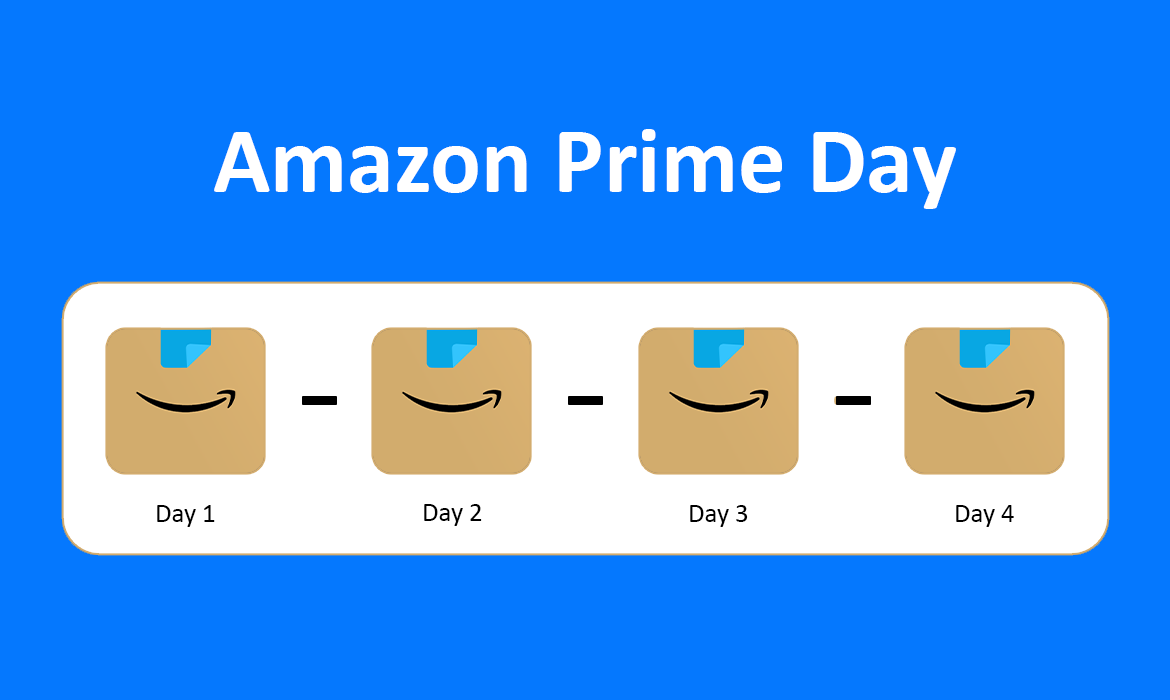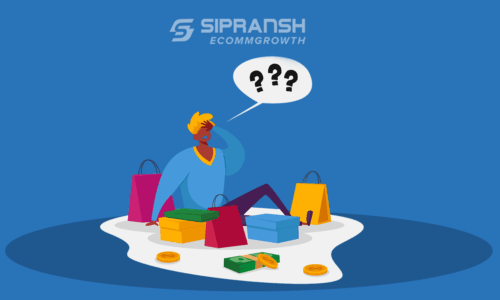
Prime Day 2025 is shaping up to be unlike any before. And if you’re a brand, seller, or marketer, simply reusing last year’s strategy could leave you behind.
What’s different this year?
First, rising tariffs are putting pressure on pricing strategies across the board. Many brands are becoming cautious with their discounting power, impacting how deeply they’re willing to slash prices.
On top of that, a significant number of sellers have already indicated they’ll be pulling back on their Prime Day investments, especially when it comes to advertising spend and promotional offers.
Second, in a historic shift, Prime Day will stretch across four full days for the first time ever, doubling its usual duration.
This extended timeframe brings a mix of new challenges and opportunities for brands. From budget allocation to campaign pacing, your 2025 strategy needs a serious refresh.
If you want to stay competitive, here’s how to prepare for Prime Day 2025 effectively.
1. Adjust Your Strategy for a 4-Day Prime Day
The biggest shake-up this year is the expanded event length. With Prime Day now spanning four days, the sales cycle will inevitably look different.
Traditionally, Day 2 of Prime Day outperforms Day 1. For example, last year saw an 84% increase in sales on Day 2 compared to the first day, largely because shoppers take time to compare offers before committing to a purchase.
But with four days now in play, we expect two likely sales spikes: Day 1, when customers rush to claim the best early deals, and Day 4, when bargain hunters return for final purchases.
That said, the peaks may not be as steep as usual. We anticipate steady shopper activity throughout the entire event, meaning brands must be prepared for consistent demand across all four days.
Pro Tip: Spread your ad budget evenly across each day, with perhaps a modest increase on Day 1. Avoid drastically scaling back spending on Days 2 and 3—you risk missing key consideration moments that influence conversion later in the event.
2. Leverage Social Media to Amplify Your Amazon Presence

Woman live streaming for online shopping campaign
Prime Day may be hosted on Amazon, but purchase decisions happen across the web—especially on social platforms.
Shoppers often turn to Instagram, TikTok, and Facebook to discover deals and validate purchasing decisions. In fact:
- 47% of Prime Day shoppers are expected to browse Facebook
- 39% will scroll through Instagram
- 28% will explore offers on TikTok
Incorporating a social media marketing strategy alongside your Amazon efforts is crucial. Brands that went viral on social platforms during Prime Day in previous years saw a major uptick in conversions.
Be ready to:
- Collaborate with Instagram influencers
- Launch TikTok ad campaigns
- Post engaging, deal-driven content on Facebook
Bonus: If you’re using platforms like Intentwise, you can now view your TikTok ad performance alongside Amazon campaign data, streamlining campaign insights in one dashboard.
3. Start Targeting Audiences Weeks Before Prime Day
The countdown to Prime Day is as important as the event itself. Waiting until the last minute to launch ads is a mistake, especially when early exposure leads to higher conversions.
Top-performing brands start advertising at least 1–2 weeks before Prime Day. Why? Because shoppers who are familiar with your product before the event are much more likely to buy from you when deals go live.
Use this pre-event window to:
- Run high-reach display and video ads
- Activate Amazon DSP campaigns targeting broader audiences (e.g., In-Market or recent competitor viewers)
- Build lookalike audiences based on your 2024 Prime Day buyers
When Prime Day begins, retarget that pre-qualified audience using AMC-powered Sponsored Ads and increase your bids for these warm leads.
Not sure how much to increase your bids? Use AMC’s 12.5 months of historical data to compare purchase rates between exposed and unexposed groups, and adjust your bid multiplier accordingly.
4. Rethink Your Keyword Strategy to Maximize ROI
On Prime Day, everyone’s chasing the same high-traffic keywords like “wireless earbuds” or “smartwatch.” But bidding wars on generic search terms often drive sky-high CPCs and lower returns.
Instead, take a granular approach to keyword targeting. Focus on feature-specific, long-tail keywords that highlight your product’s unique advantages.
For example:
- Instead of “wireless earbuds,”
- Try: “wireless earbuds with deep bass and long battery life.”
This tactic not only helps cut ad costs but also attracts higher-converting traffic, because your product is more closely aligned with the shopper’s specific search intent.
Bonus: These more descriptive terms often have less competition, giving you more visibility and control over your campaign outcomes.
5. Automate Bidding and Budgeting for Greater Efficiency
With the extended sales window, manually adjusting campaigns in real time becomes a logistical nightmare. To stay efficient, lean on rules-based automation tools.
Set up dynamic rules to:
- Automatically increase bids and budgets at the start of Prime Day
- Pause or scale back underperforming campaigns
- Restore original budgets and bids right after the event ends
Tools like Intentwise make this easy. For instance, you can schedule a simple rule to boost bids by 1% when Prime Day starts and reverse it the day after. This ensures your regular campaigns aren’t permanently disrupted and everything resets smoothly.
And if you’re running B2B campaigns, don’t forget to use bid modifiers tailored for that audience.
Final Thoughts: Be Agile, Be Early, Be Everywhere
Prime Day 2025 is not business as usual. With shifting economic pressures and a longer event period, brands need to be more strategic, flexible, and omnichannel than ever before.
Key Takeaways:
- Prepare your ad budget for steady engagement across 4 days
- Activate social media campaigns to expand your funnel
- Start building awareness well before Prime Day begins
- Use intent-focused keywords to reduce CPCs and boost conversions
- Automate campaign changes to maintain campaign control and efficiency
This year, the brands that plan ahead, test early, and cover every stage of the buyer journey—before, during, and after Prime Day—will be the ones that come out on top.
At SIPRANSH ECOMMGROWTH, we specialize in helping Amazon sellers make the most of sales events like Prime Day. From strategic ad placements and listing optimization to lightning deal coordination and inventory planning, we provide end-to-end support that positions your products in front of high-intent buyers.
Whether you’re a seasoned seller or gearing up for your first major event, now is the time to plan and execute your strategy.
Need help preparing for Prime Day?
Explore our SIPRANSH ECOMMGROWTH or contact us through our Get in Touch page to start your personalized Prime Day readiness plan.
Also Read: Prime Day 2025 tips for small businesses and low-budget brands.
Don’t just participate, stand out this Prime Day. Let’s make it your brand’s most successful sales event yet.






